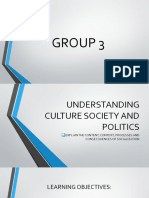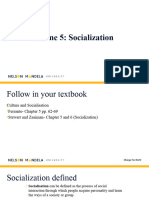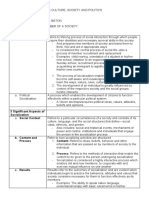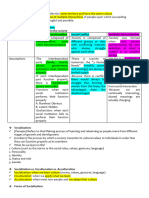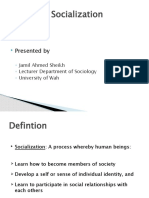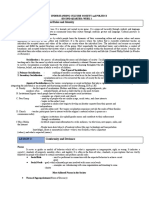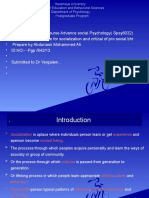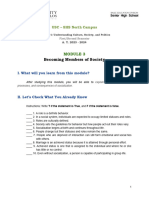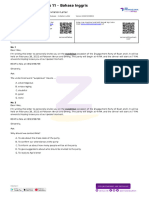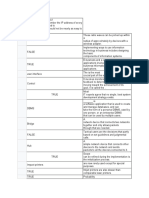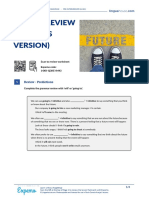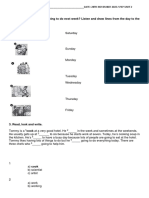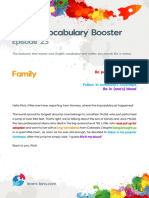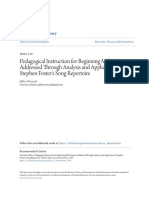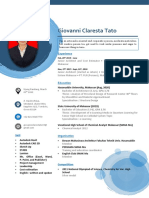0% found this document useful (0 votes)
44 views7 pagesUcsp Unit Iii Reviewer
1) Socialization is the lifelong process of learning social norms and values to become a functioning member of society. It involves learning social roles and statuses.
2) Key agents of socialization include family, peers, school, media, religion, and government, which influence people's behaviors, attitudes, and identity formation.
3) Through socialization, societies transmit their cultures from one generation to the next, enabling social control as people internalize norms and values.
Uploaded by
slsuls.sheekainasalvaniaCopyright
© © All Rights Reserved
We take content rights seriously. If you suspect this is your content, claim it here.
Available Formats
Download as DOCX, PDF, TXT or read online on Scribd
0% found this document useful (0 votes)
44 views7 pagesUcsp Unit Iii Reviewer
1) Socialization is the lifelong process of learning social norms and values to become a functioning member of society. It involves learning social roles and statuses.
2) Key agents of socialization include family, peers, school, media, religion, and government, which influence people's behaviors, attitudes, and identity formation.
3) Through socialization, societies transmit their cultures from one generation to the next, enabling social control as people internalize norms and values.
Uploaded by
slsuls.sheekainasalvaniaCopyright
© © All Rights Reserved
We take content rights seriously. If you suspect this is your content, claim it here.
Available Formats
Download as DOCX, PDF, TXT or read online on Scribd
/ 7
